Annual Spring Visit To The Huntington 3/31/2017 (Page One)
Greg was going to join us but alas, he had other priorities. We went, gasp! ALONE! We had a wonderful time. Please enjoy the photos.
We began our walk in the desert gardens.
 Mother nature is pretty creative
Mother nature is pretty creative
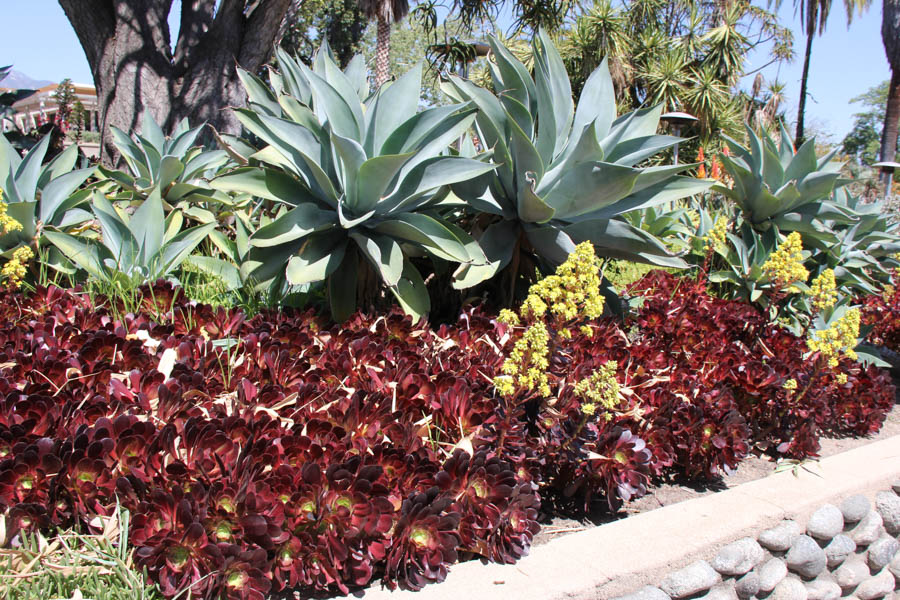
Reds and greens
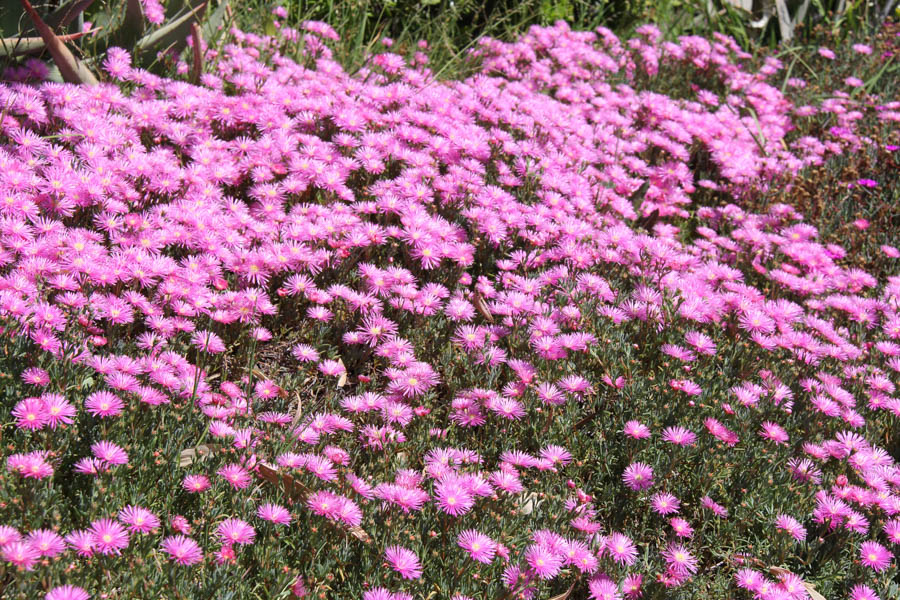
It's called "Put your eyes out pink!"

The embers are still hot
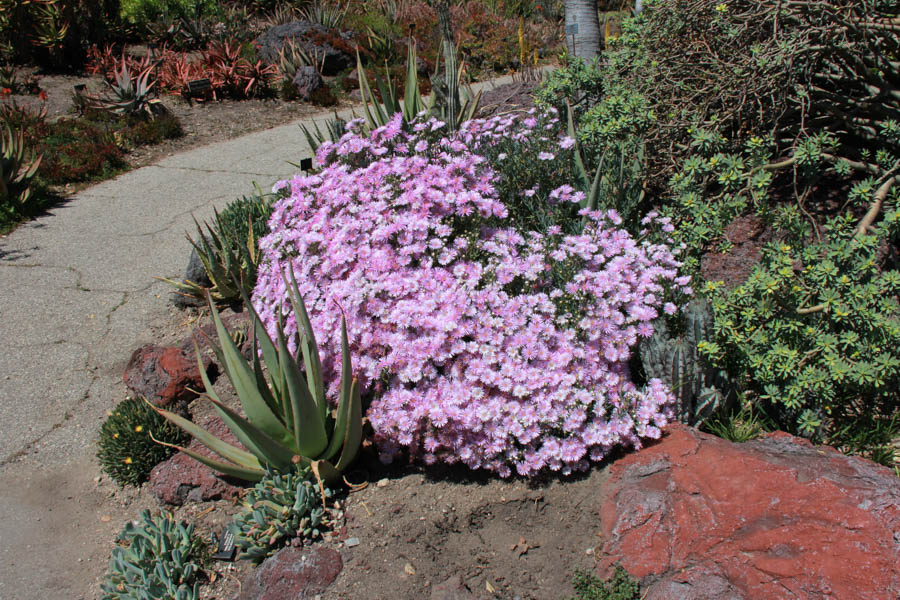
The trail border flowers were magnificent
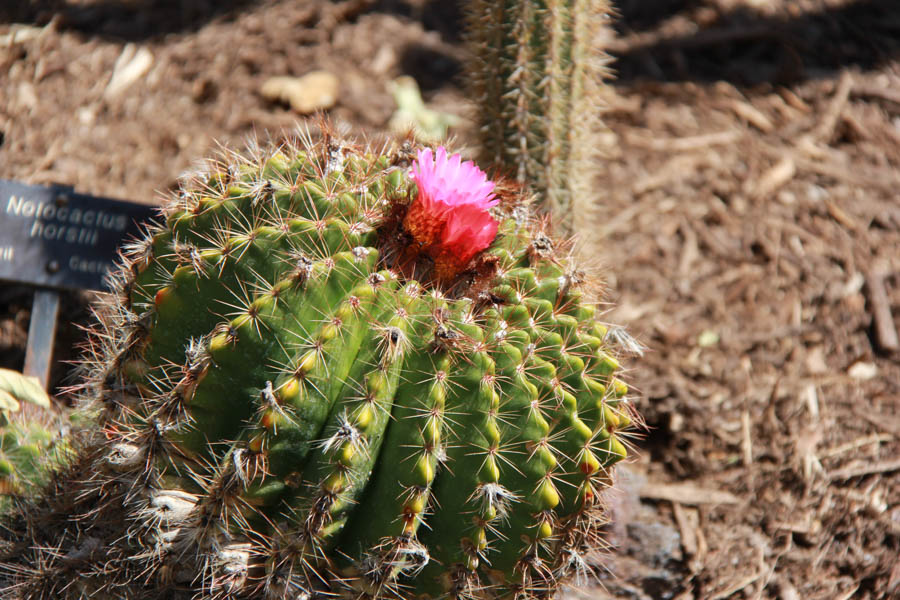
All dressed up and nowhere to go
Did You Know? -
Notocactus is a globular cactus usually solitary or slowly clustering. Stems became tall and erect as it ages (up to 60 cm tall, 30 cm in diameter). As typical with most cacti, this plant varies from specimen to specimen and whether it suckers or remains single makes each plant unique and fantastic when it get large growth size.
Spines: golden, short and bristly forming rows down its ribs.
Flowers: large yellow or red with glossy petals 6 cm in diameter. Blossoms stand near the top and appear during the summer
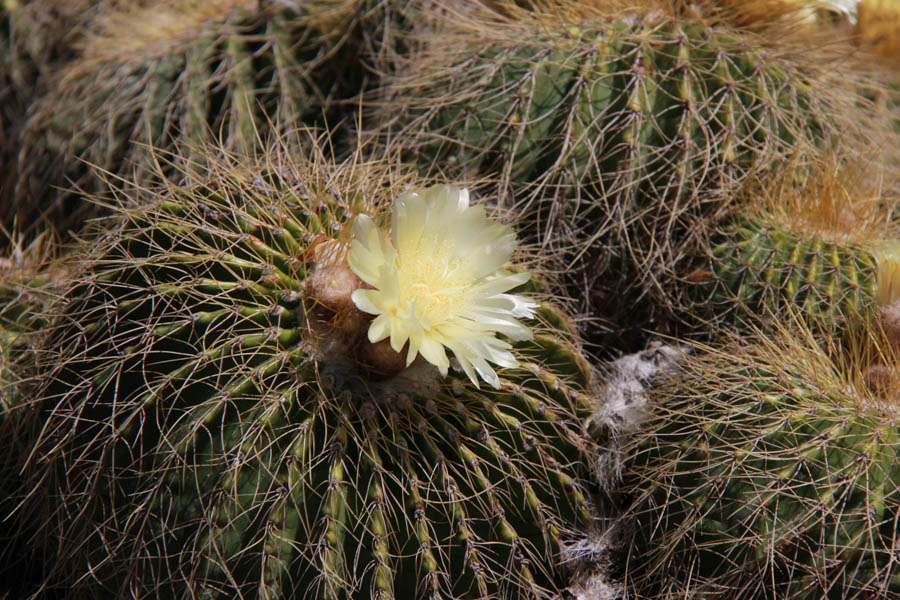
The flowers were quite pretty
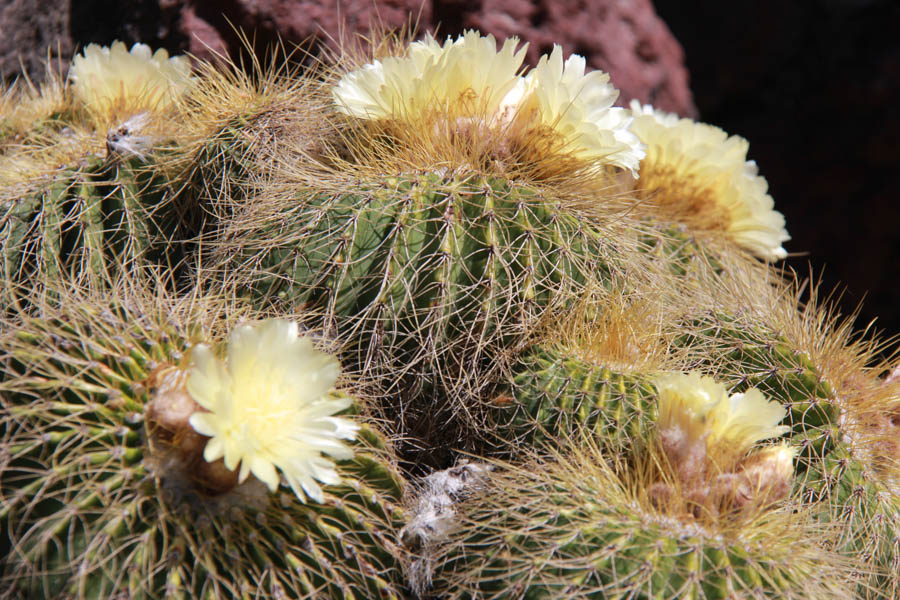
Recent rains really made the cactus stand up and be counted

We decided this was NOT a good idea
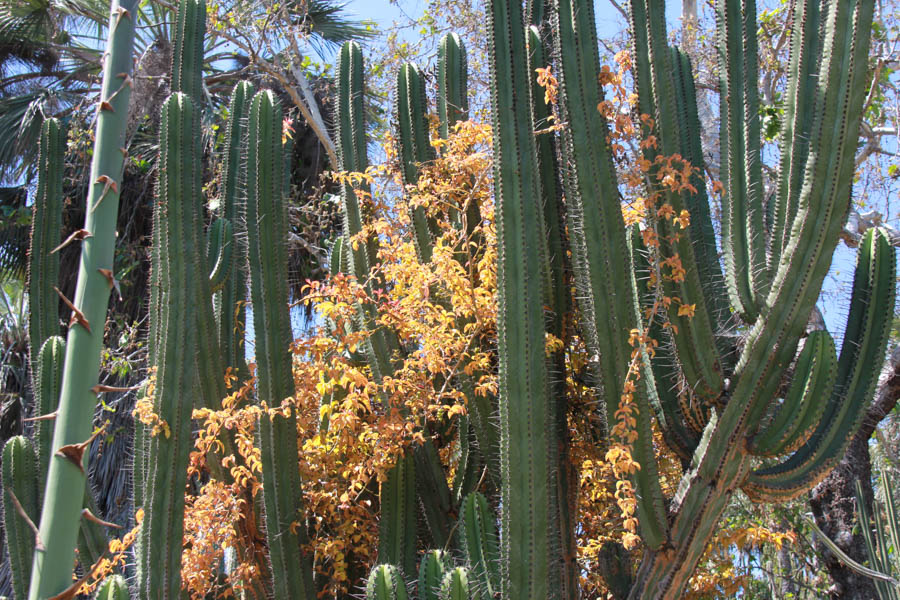
Hiding amongst the cactus

Sunset cactus???
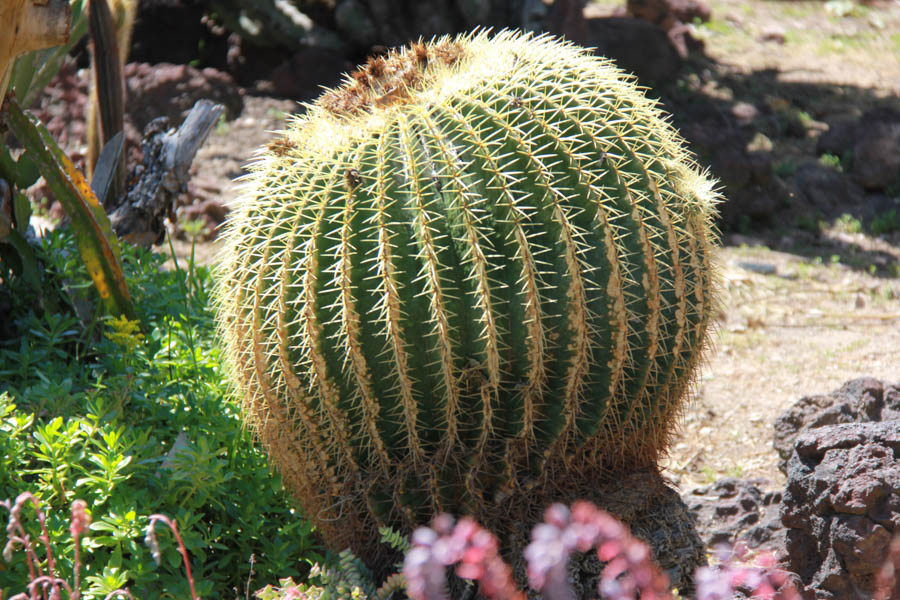
Roll out the barrel
Did You Know? - Some species of Barrel cactus easily reach over 1 meter (3.3 ft) in height at maturity, and have been known to reach 3 meters (9.8 ft) in some regions. The ribs are numerous and pronounced, and the spines are long and can range in color from yellow to tan to red, depending on the age of the plant and the species. Flowers appear at the top of the plant only after many years.
Barrel cactus buds typically start to bloom in April with a bright yellow or orange flower. Pink and red varieties also exist but occur less frequently. The flowers only appear on the very top of the plant. As the flowers begin to wilt in early May, they may change color.

Simply beautiful

The plants grow well in the lava rock

The spines are extremely sharp!!
Did You Know? - In plant morphology, thorns, spines, and prickles, and in general spinose structures (sometimes called spinose teeth or spinose apical processes), are hard, rigid extensions of leaves, roots, stems or buds with sharp, stiff ends, and generally serve the same function: physically deterring animals from eating the plant material.

The Golden Barrel cactus

What bird would be crazy enough to go after these blooms?
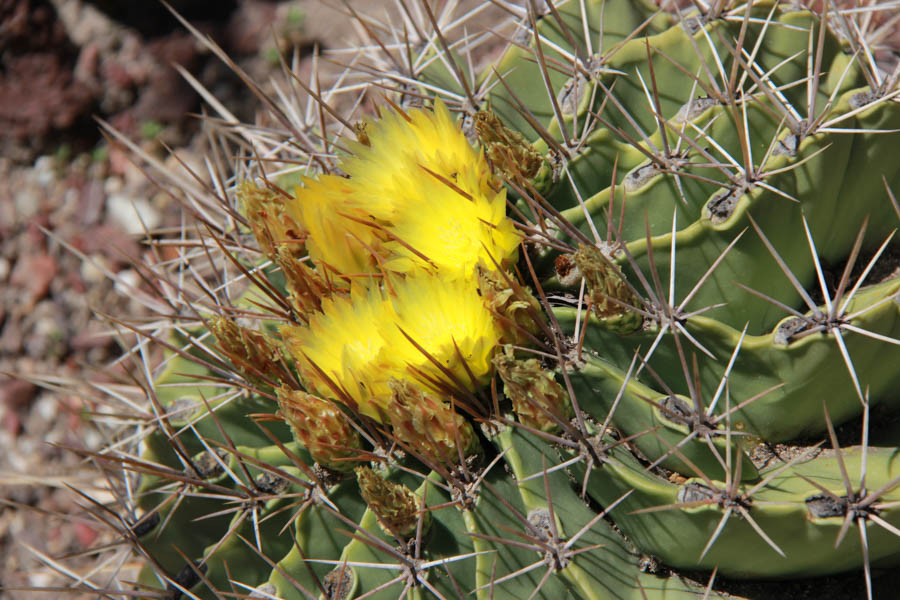
OUCH!

Hundreds of different cactus varieties in a single place
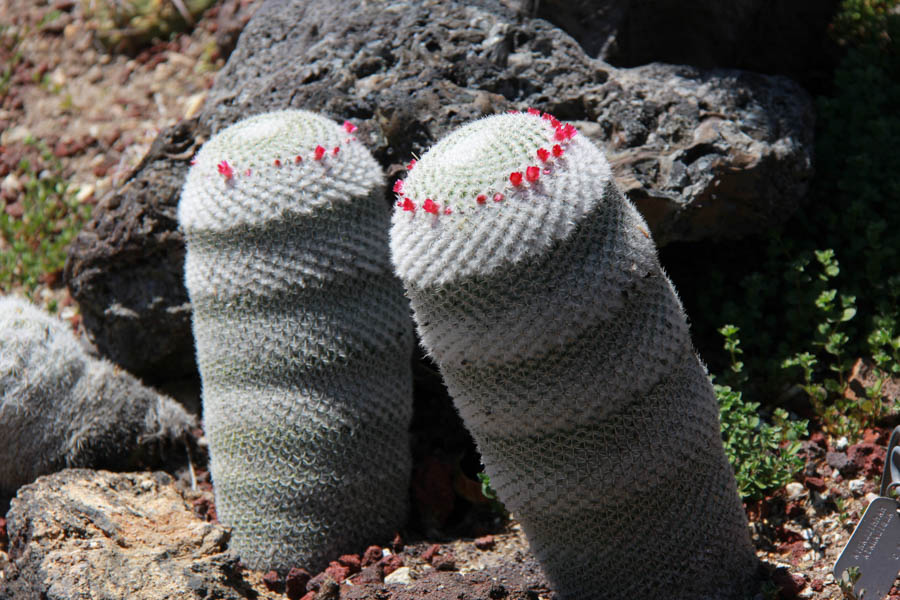 They are so plumped up with water after the recent rains!
They are so plumped up with water after the recent rains!
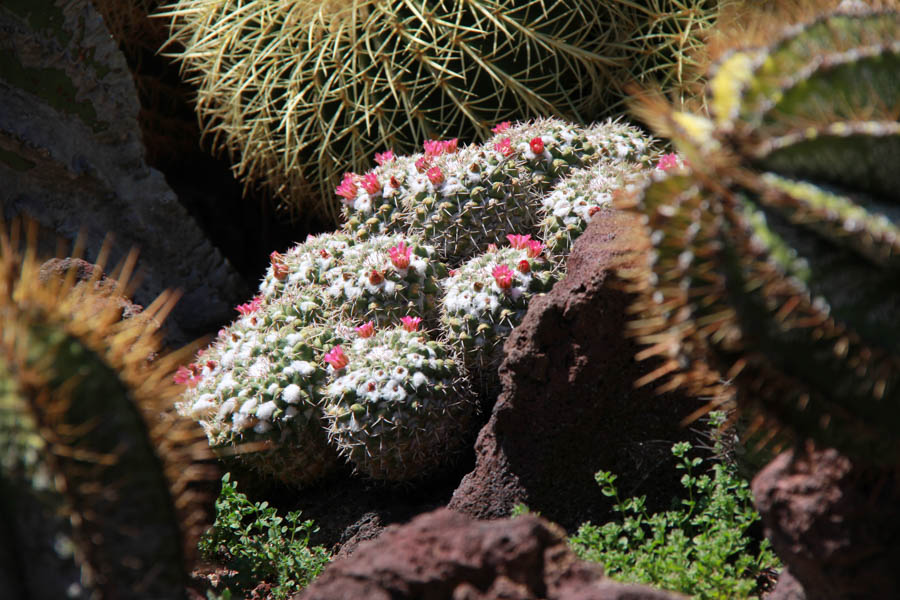
Baby cacti!
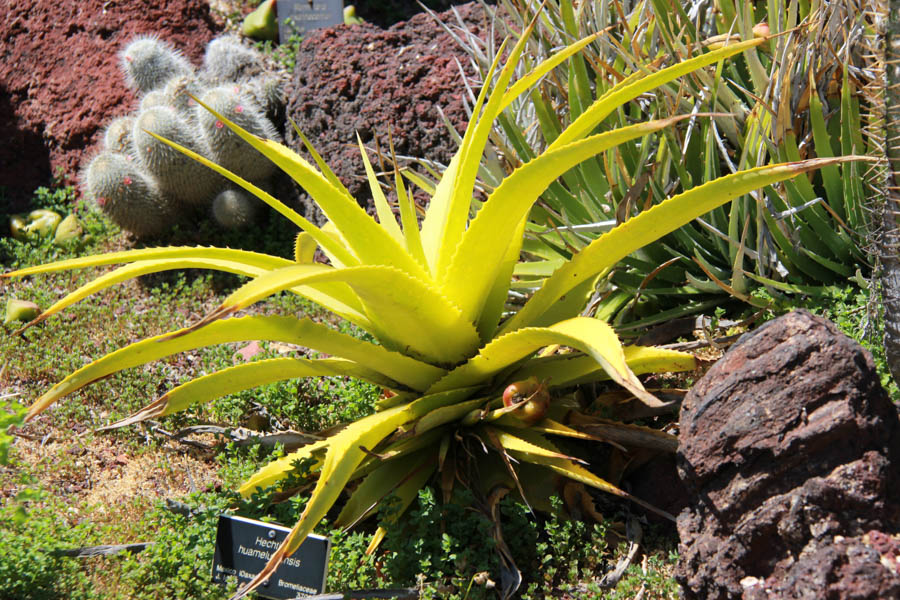
Nope! Not dying... Just it's natural color!
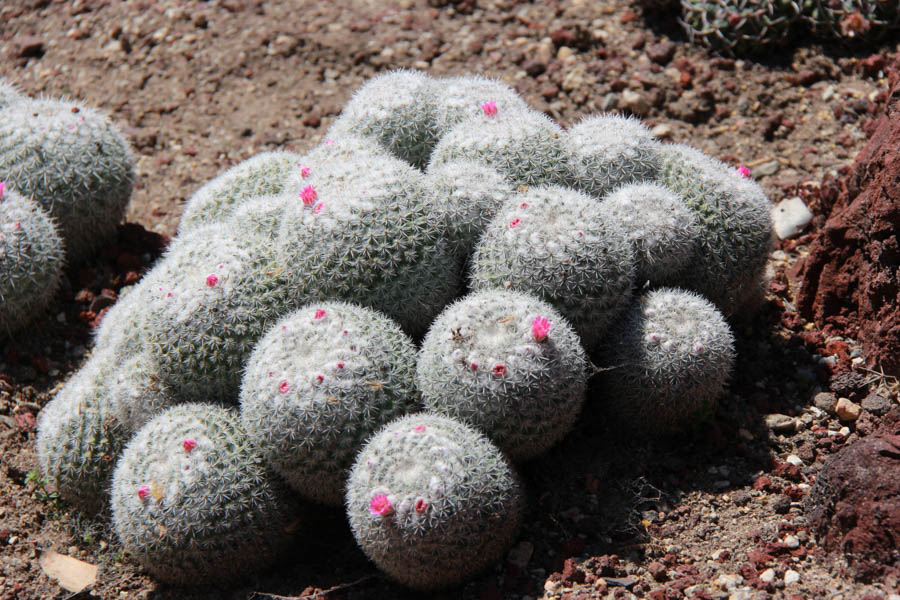 Hope they do not break loose and roll down the hill!
Hope they do not break loose and roll down the hill!

An idea came to us!
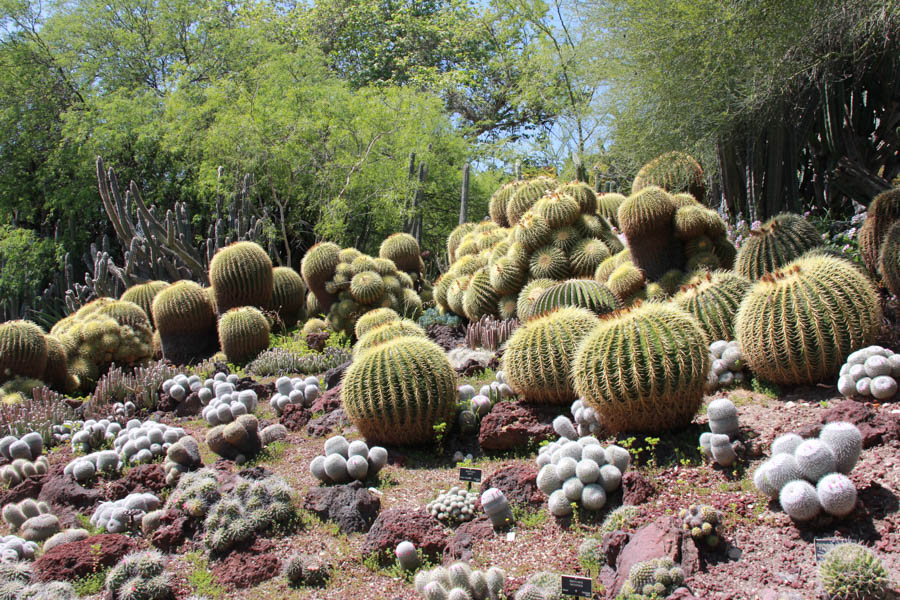
Wonder if they will roll down the hill during the next earthquake?


They are in the best condition that we have seen in years


Does not look endangered does it?
Did You Know? - Echinocactus grusonii, popularly known as the golden barrel cactus, golden ball or, amusingly, mother-in-law's cushion, is a well known species of cactus, and is endemic to east-central Mexico.
It is rare and endangered in the wild, where it is found near Mesa de Léon in the state of Querétaro, and in the state of Hidalgo.
The population was critically reduced in the 1990s, by the creation of the Zimapán Dam and reservoir in Hidalgo.
The cactus grows in volcanic rock on slopes, at altitudes around 1,400 meters (4,600 ft).

The little red crown

The spines are like razors
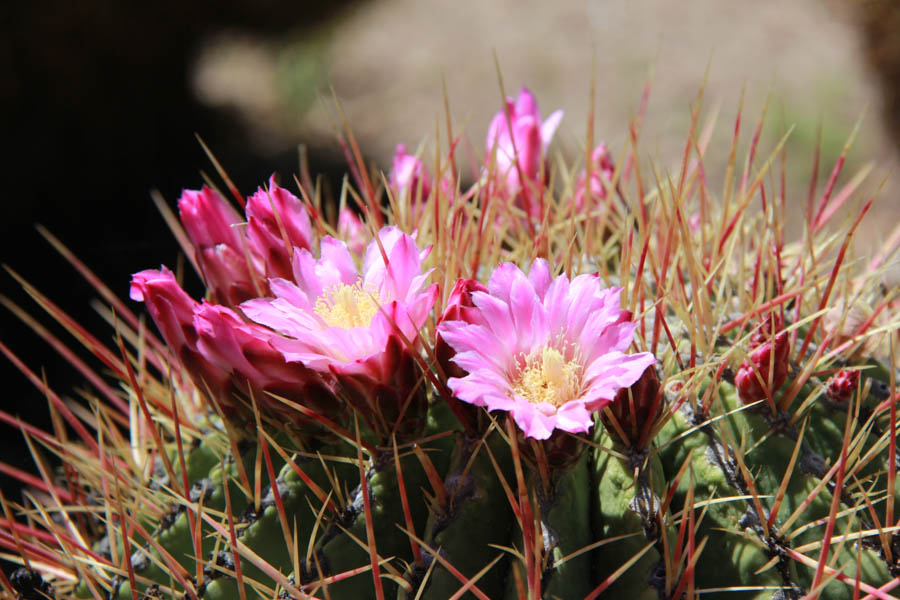
Do NOT fall on the needles
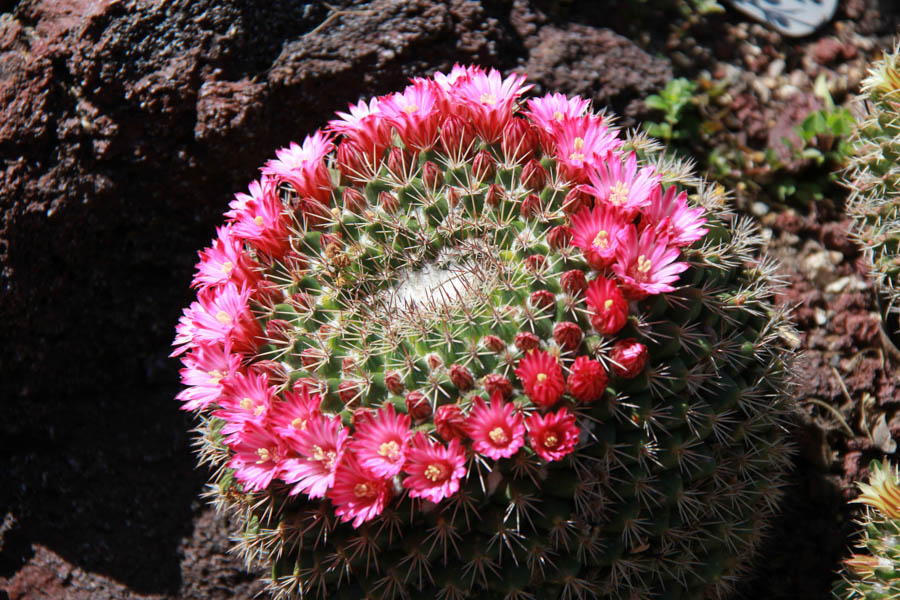
Fully formed
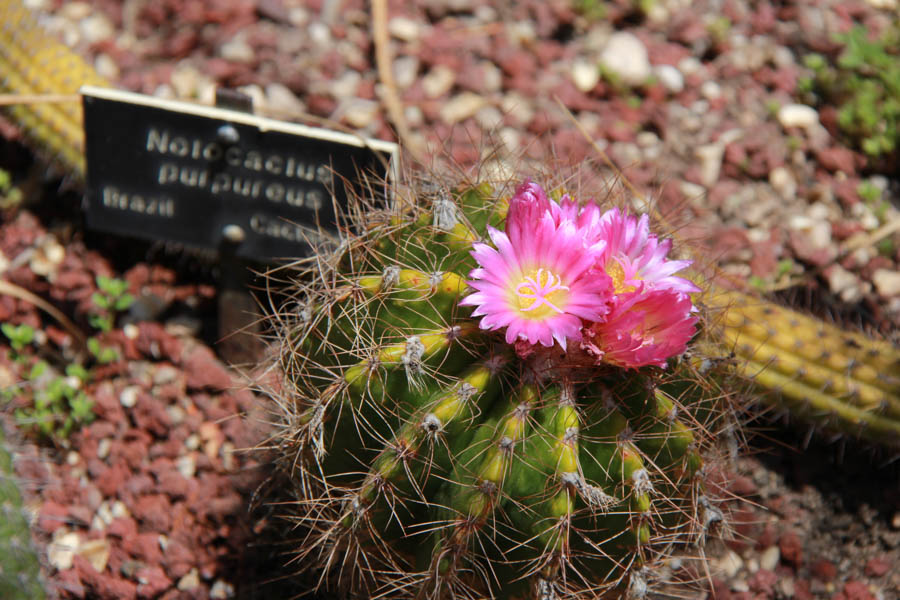
The flowers only last about a month before they die and fall off!
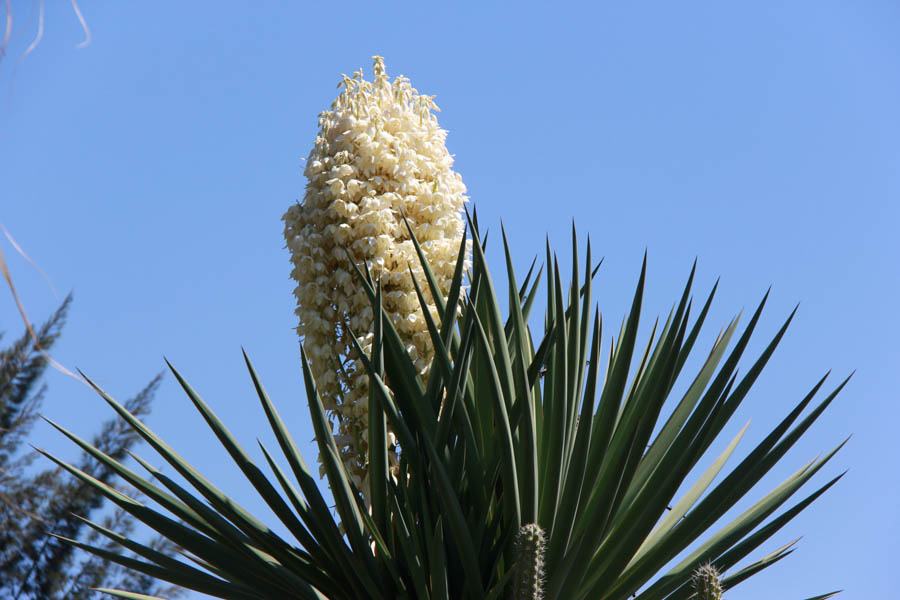
High in the sky!
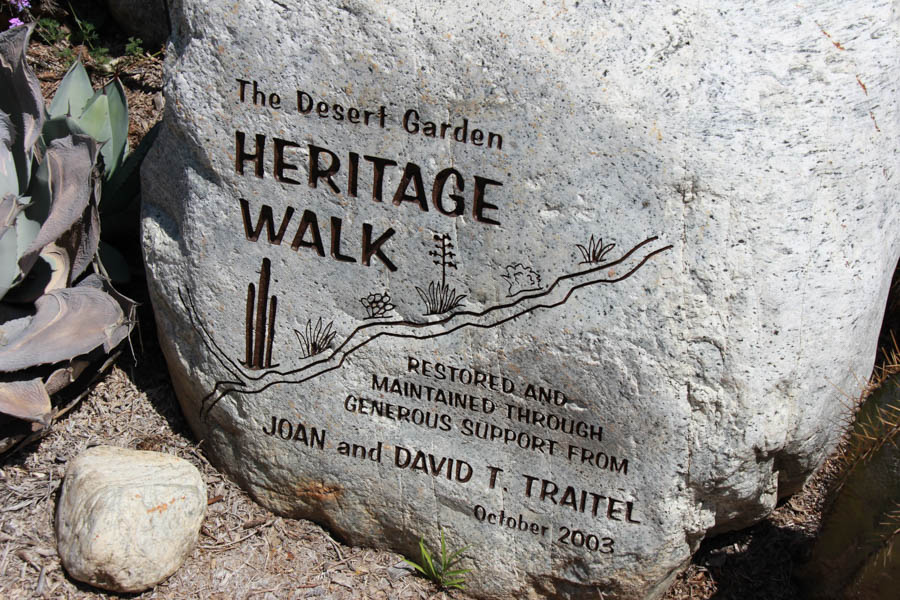

The walk was relaxing!

Yummy!
Did You Know? - The most common culinary species is the Indian fig opuntia (O. ficus-indica). Most culinary uses of the term "prickly pear" refer to this species. Prickly pears are also known as tuna (fruit), sabra, nopal (paddle, plural nopales) from the Nahuatl word palli for the pads, or nostle, from the Nahuatl word n?chtli for the fruit; or paddle cactus.
The fruit of prickly pears, commonly called cactus fruit, cactus fig, Indian fig, nopales or tuna in Spanish, is edible, although it must be peeled carefully to remove the small spines on the outer skin before consumption. If the outer layer is not properly removed, glochids can be ingested, causing discomfort of the throat, lips, and tongue, as the small spines are easily lodged in the skin.
Native Americans, like the Tequesta, would roll the fruit around in a suitable medium (e.g. grit) to "sand" off the glochids. Alternatively, rotating the fruit in the flame of a campfire or torch has been used to remove the glochids. Today, parthenocarpic (seedless) cultivars are also available.
In Mexico, prickly pears are often used to make appetizers, soups, and salads through entrees, vegetable dishes, and breads to desserts, beverages, candy, jelly, or drinks. The young stem segments, usually called nopales, are also edible in most species of Opuntia.
They are commonly used in Mexican cuisine in dishes such as huevos con nopales (eggs with nopal), or tacos de nopales. Nopales are also an important ingredient in New Mexican cuisine.
Nopales are generally sold fresh in Mexico, cleaned of spines, and sliced to the customer's desire on the spot, they can also be found canned or bottled, and less often dried, especially for export. Cut into slices or diced into cubes, nopales have a light, slightly tart flavor, like green beans, and a crisp, mucilaginous texture. In most recipes, the mucilaginous liquid they contain is sometimes included in the cooking. They are at their most tender and juicy in the spring.

Beautiful colors
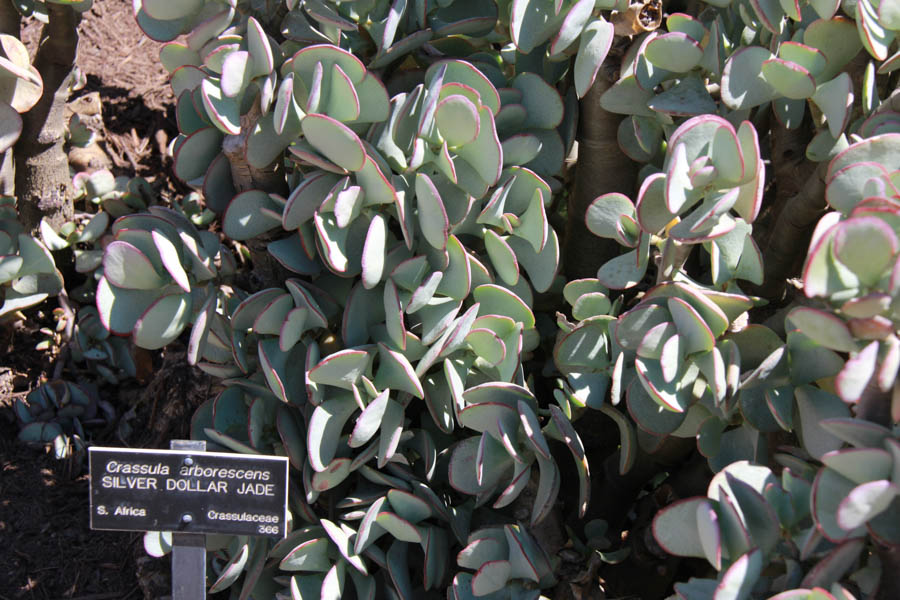
The red tinge around its leaves occur with bright sunlight.
Did You Know? - The jade plant is an evergreen with thick branches. It has thick, shiny, smooth, leaves that grow in opposing pairs along the branches. Leaves are a rich jade green, although some may appear to be more of a yellow-green. Some varieties may develop a red tinge on the edges of leaves when exposed to high levels of sunlight.
New stem growth is the same color and texture as the leaves. Although becoming brown and appearing woody with age, stems never become true lignified tissue, remaining succulent and fleshy throughout the plants life. Under the right conditions, they may produce small white or pink star-like flowers in early spring.
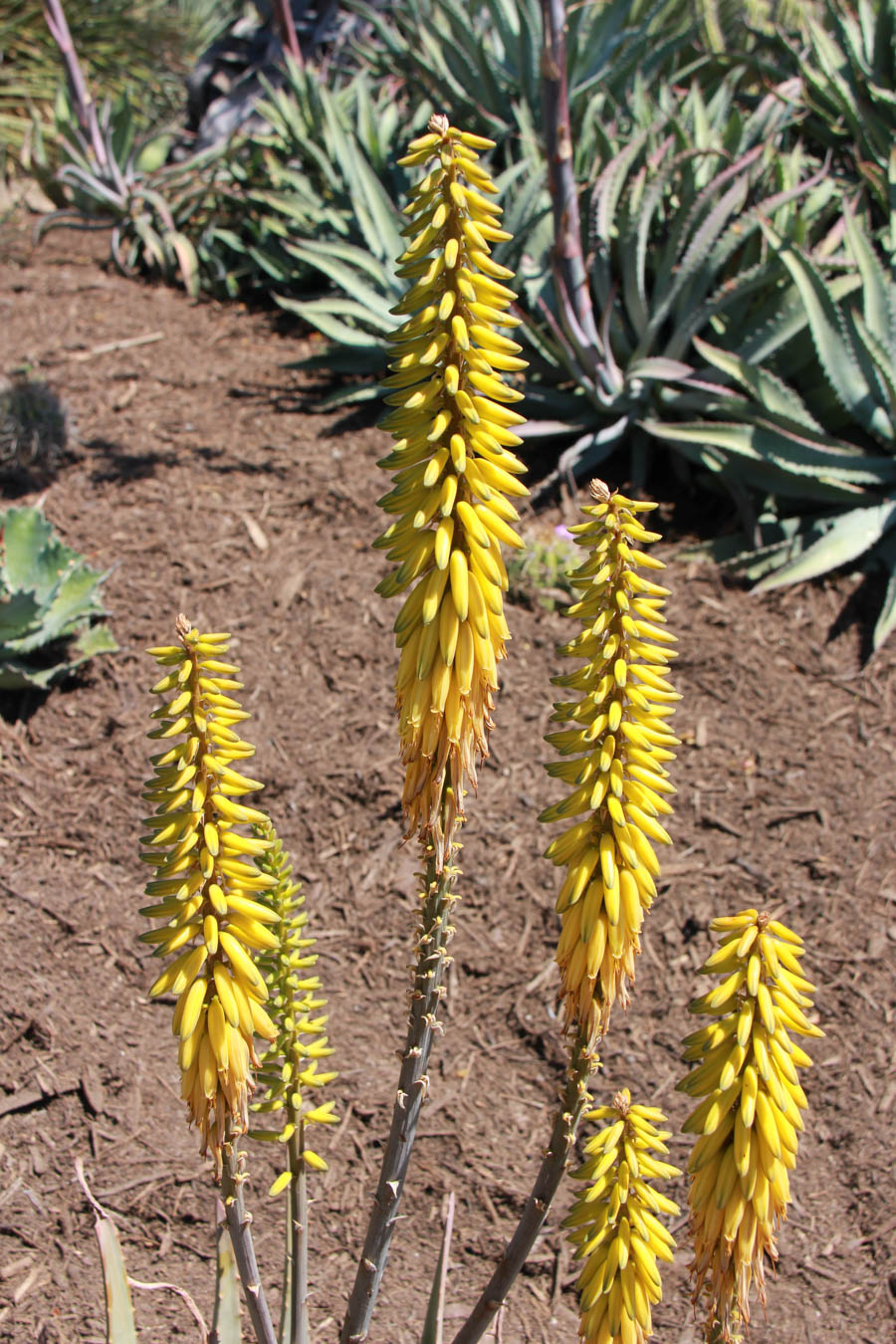
Stood right out with the bright yellow
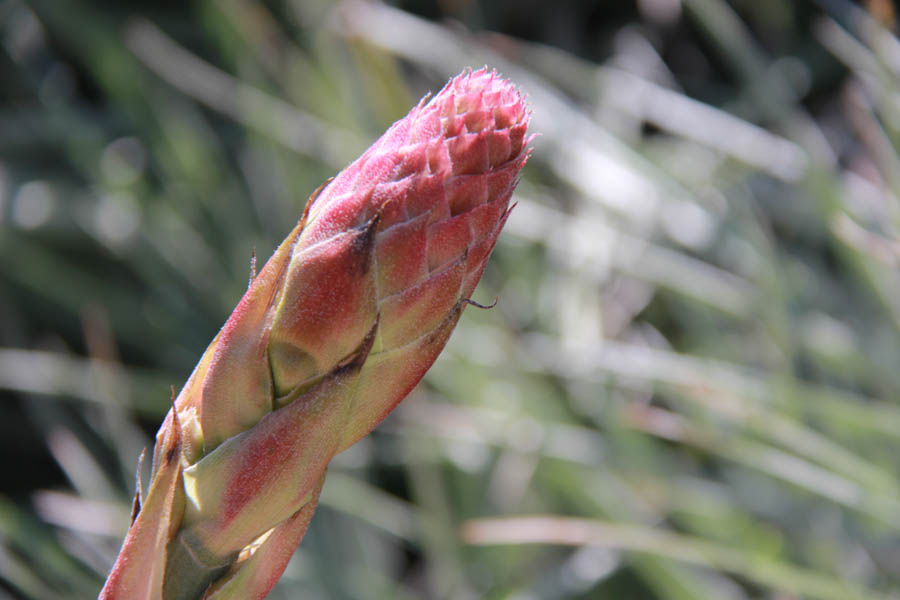
Sticking his head up in the mass of leaves
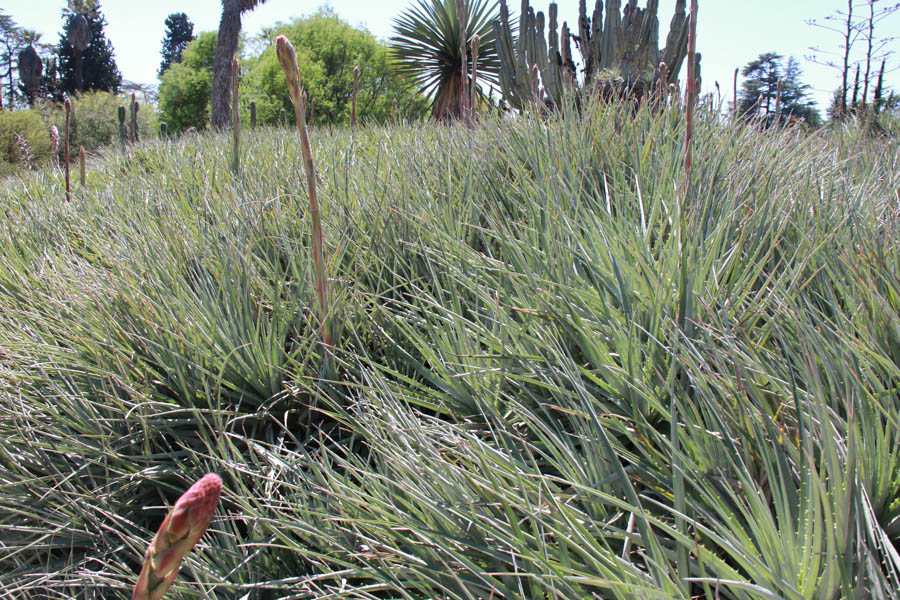
They should be pretty in a few weeks!

The bee's enjoyed this plant a lot!
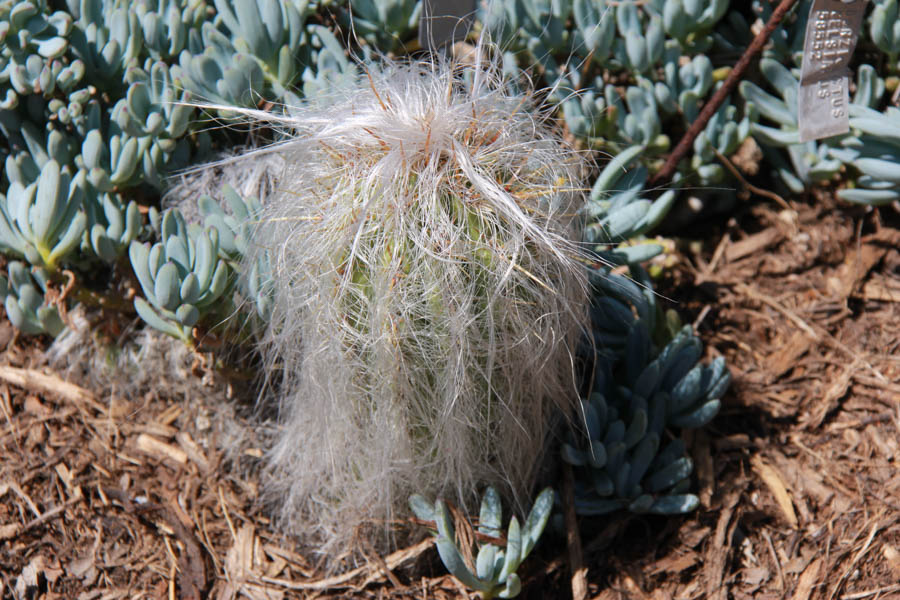
Looks like a bad wig!

